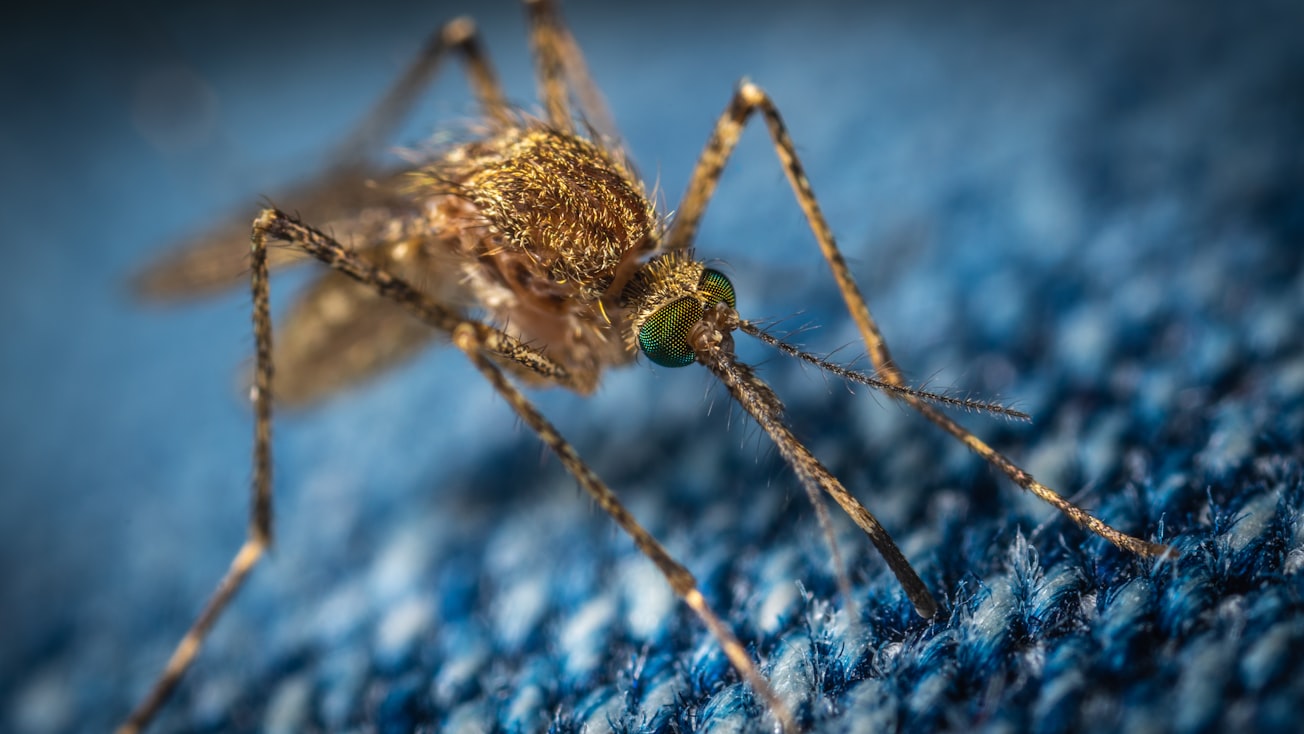What is it about?
Mitochondria are critical organelles in eukaryotic cells that drive oxidative metabolism. The mitochondrion of Plasmodium malaria parasites is a major drug target that has many differences from human cells and remains poorly studied. One key difference from humans is that malaria parasites express two cytochrome c proteins that differ significantly from each other and play untested and uncertain roles in the mitochondrial electron transport chain (ETC). Our study revealed that one cyt c is essential for ETC function and parasite viability while the second, more divergent protein has unusual structural and biochemical properties and is not required for growth of blood-stage parasites. This work elucidates key biochemical properties and evolutionary differences in the mitochondrial ETC of malaria parasites.
Featured Image

Photo by Егор Камелев on Unsplash
Why is it important?
The mitochondrion of Plasmodium parasites is an important drug target for treating malaria but many of its features are puzzling because they are very different from human cells. Our study identified a very unusual cytochrome protein in the parasite mitochondrion and defined important properties that make it different from related mitochondrial cytochrome proteins in humans. This work is important to define the proteins and metabolic survival strategies that parasites rely on to infect human red blood cells.
Read the Original
This page is a summary of: Direct tests of cytochrome
c
and
c
1
functions in the electron transport chain of malaria parasites, Proceedings of the National Academy of Sciences, May 2023, Proceedings of the National Academy of Sciences,
DOI: 10.1073/pnas.2301047120.
You can read the full text:
Contributors
The following have contributed to this page







